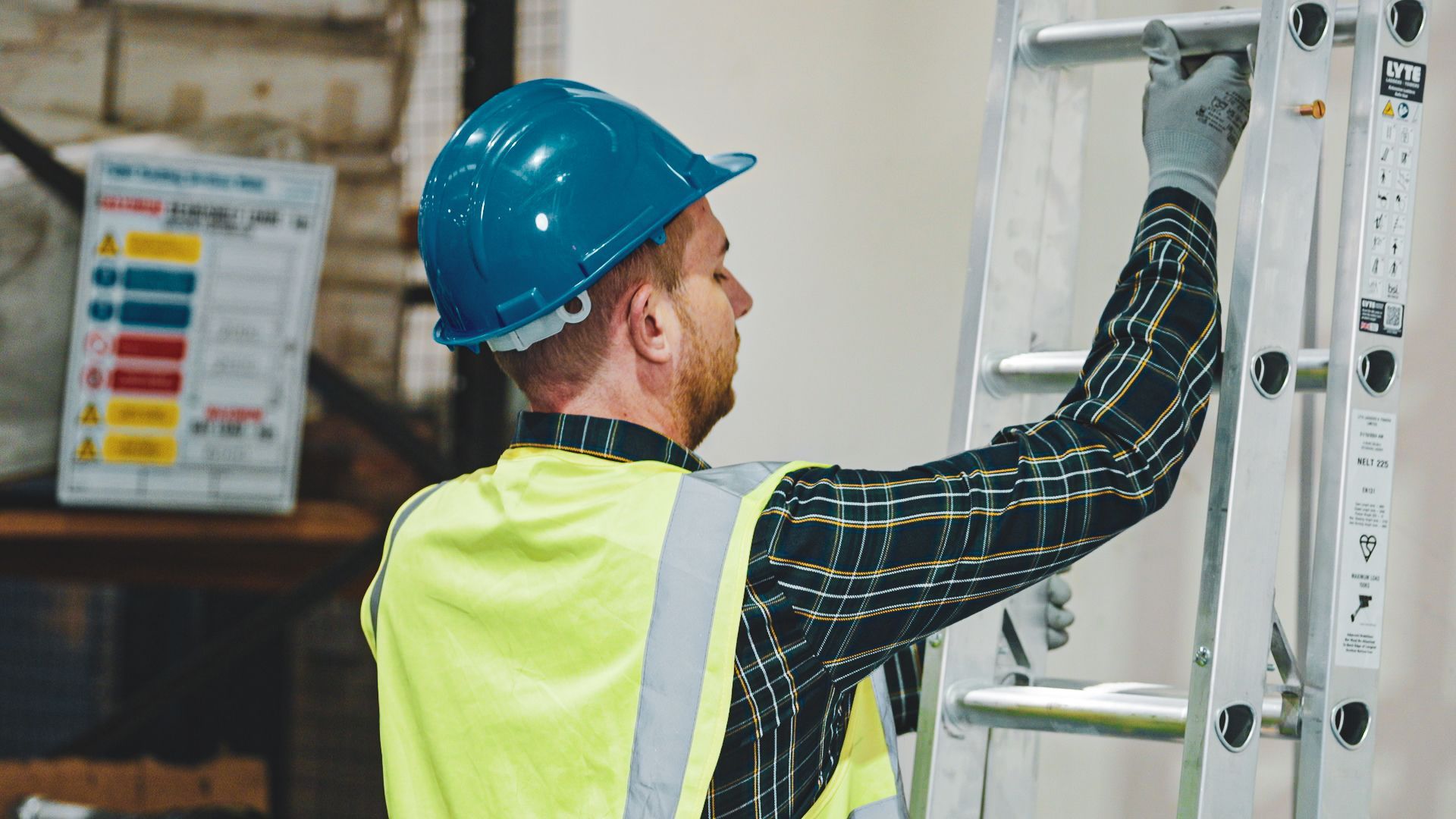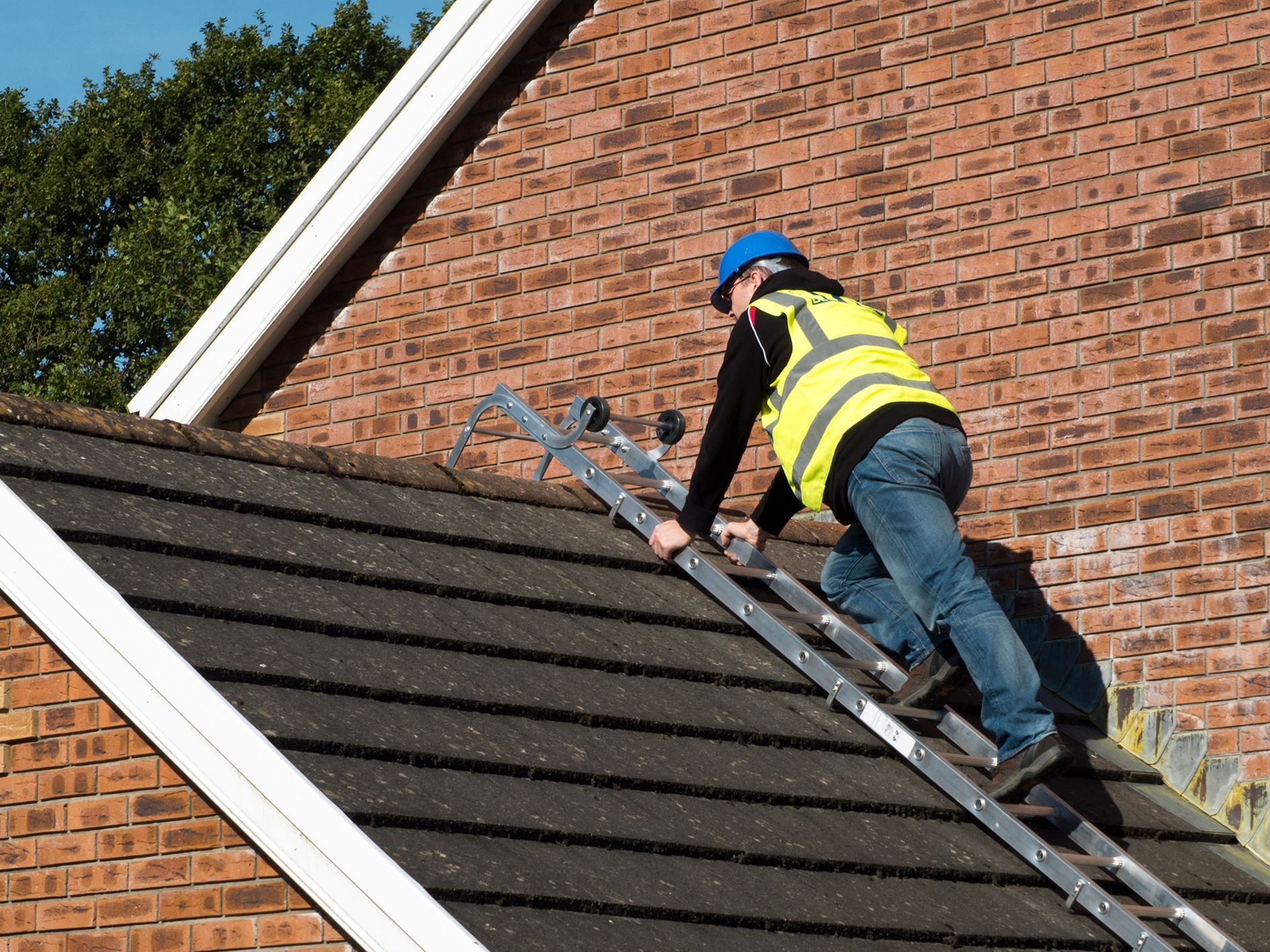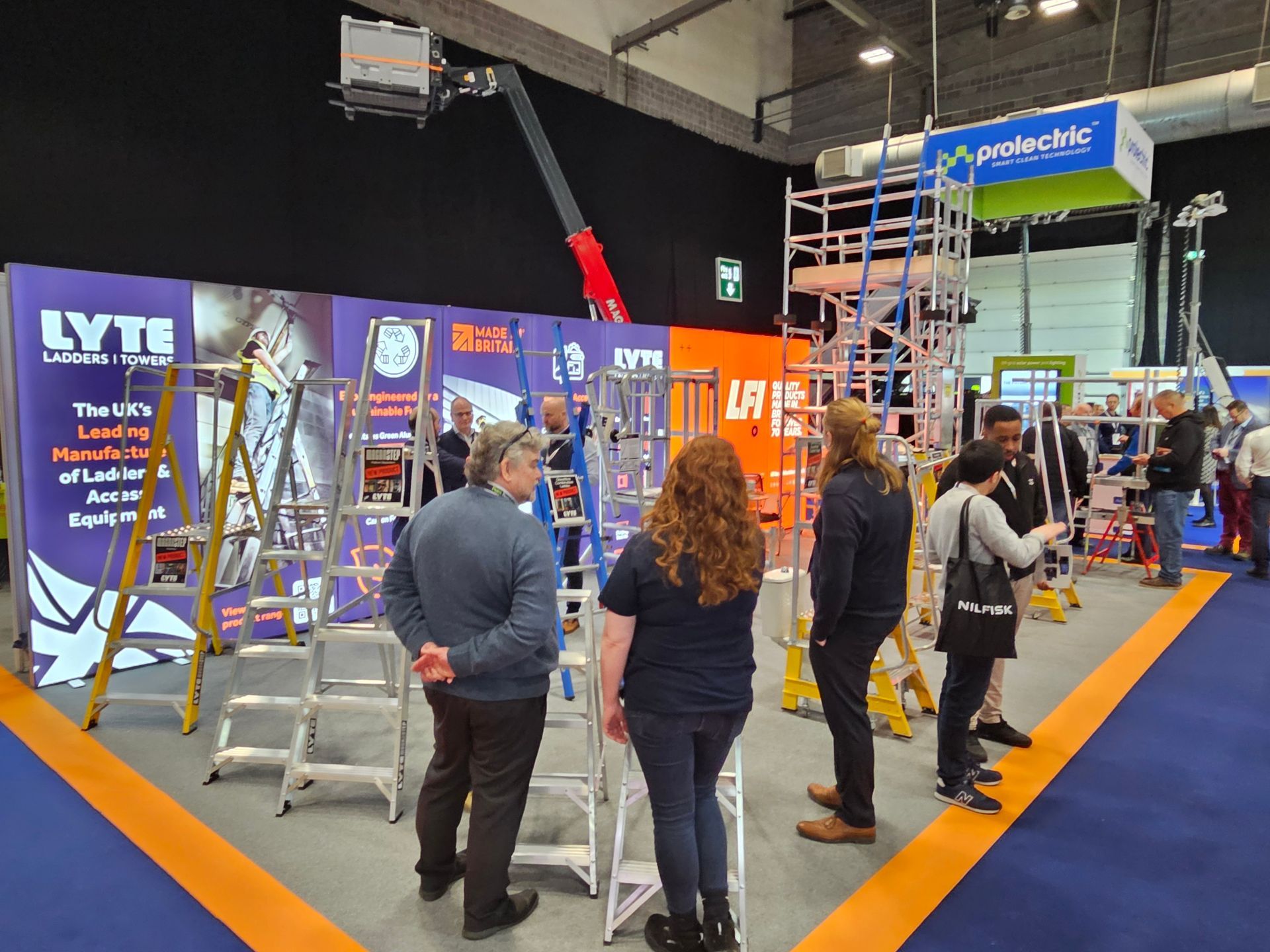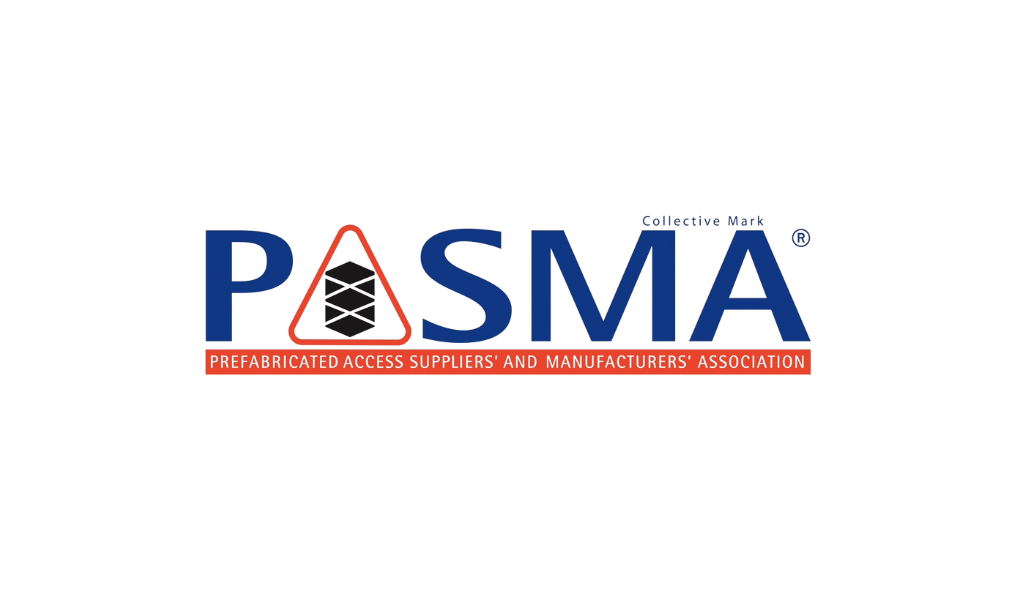Lyte Ladders Takes a Giant Step Towards Sustainability with Green Aluminium Rungs
At Lyte Ladders, we believe that every step we take towards sustainability makes a difference — not just for our business, but for the planet. We’re proud to announce that all our ladders now feature Recycled Low-Carbon Aluminium 4.0 in their rungs, marking a significant advancement in our commitment to reducing our environmental footprint.
This change reflects our ongoing drive to lead the industry in eco-friendly manufacturing practices, as outlined in our ambitious Carbon Reduction Plan. By integrating Green Aluminium into the core components of our products, we’re able to provide the same high-quality ladders you’ve come to rely on — while making a positive impact on the environment.
What is Recycled Low-Carbon Aluminium 4.0?
Recycled Low-Carbon Aluminium 4.0 is a cutting-edge material designed with sustainability in mind. It’s produced using a combination of recycled aluminium and renewable energy, including hydropower, which results in a significantly lower carbon footprint compared to traditional aluminium.
In fact, this Green Aluminium has one of the lowest carbon footprints in the industry — just 4.0 kg CO2e per kg of aluminium, compared to the global average of 16.7 kg CO2e. This drastic reduction in emissions makes Recycled Low-Carbon Aluminium 4.0 a vital part of our efforts to create a greener future.
The Environmental Benefits of Green Aluminium
- Reduced Carbon Footprint: The aluminium used in our rungs has a carbon footprint that’s up to 75% lower than traditional aluminium. This helps us get closer to our goal of achieving Net Zero emissions by 2050, as outlined in our Carbon Reduction Plan.
- Sustainable Sourcing: Recycled Low-Carbon Aluminium 4.0 is made using post-consumer recycled materials and renewable energy. By relying on recycled aluminium, we’re reducing the need for new resources, promoting circular economy principles, and cutting down on energy use in production.
- High-Quality, Long-Lasting Products: While sustainability is a priority, we know that our customers expect the best from Lyte Ladders. The use of Green Aluminium in our rungs does not compromise on quality. Our products are as strong, durable, and safe as ever—now with the added benefit of being better for the environment.
Why We’re Using Green Aluminium in Our Rungs
At Lyte Ladders, we’ve made a deliberate decision to incorporate Recycled Low-Carbon Aluminium 4.0 into the rungs of our ladders — one of the most critical components for product performance and safety.
By focusing on this essential part of our ladders, we can significantly lower the environmental impact of our products without compromising on quality, safety, or durability. Our customers can continue to trust that Lyte Ladders are built to the highest standards, all while knowing they are making a more eco-conscious choice.
However, to ensure that we can consistently meet demand and maintain stock availability for our customers, we’ve opted to continue using multiple sources of premium aluminium for the stiles (the vertical parts of the ladder). This approach allows us to maintain a reliable supply chain, ensuring that our customers never face shortages or delays in receiving the high-quality products they expect. While the stiles are not yet made with Green Aluminium, this careful sourcing ensures that we can balance sustainability with the reliability and consistency our customers depend on.
A Step Forward in Lyte’s Carbon Reduction Plan
This transition to Green Aluminium is a key part of Lyte Ladders’ Carbon Reduction Plan, which focuses on reducing our carbon emissions across all aspects of the business. Alongside other initiatives like the installation of solar panels and electric vehicle (EV) charging stations at our facility, the use of low-carbon materials plays a major role in our journey to a more sustainable future.
We are committed to continuing this journey by exploring new ways to make our products and processes even more eco-friendly. The integration of Recycled Low-Carbon Aluminium 4.0 is a major milestone, but it’s just the beginning of what we aim to achieve as a leader in sustainable manufacturing. Keep following our progress!
Join Us on Our Journey
By choosing Lyte Ladders, you’re not only investing in high-quality ladders that are built to last — you’re also supporting our mission to reduce carbon emissions and protect the planet for future generations.
We invite you to join us on this sustainability journey. Together, we can take steps toward a greener, more responsible future.
Learn more about our Carbon Reduction Plan and how we’re leading the way in sustainable manufacturing.
#Sustainability #GreenAluminium #LyteLadders #CarbonReduction #EcoFriendly #GreenManufacturing #RecycledAluminium #UKManufacturing #NetZero2050



Lyte Ladders & Towers Limited
Beaufort Reach, Siemens Close
Enterprise Park
Swansea
SA7 9BB
Mon to Fri: 8am – 4:30pm






